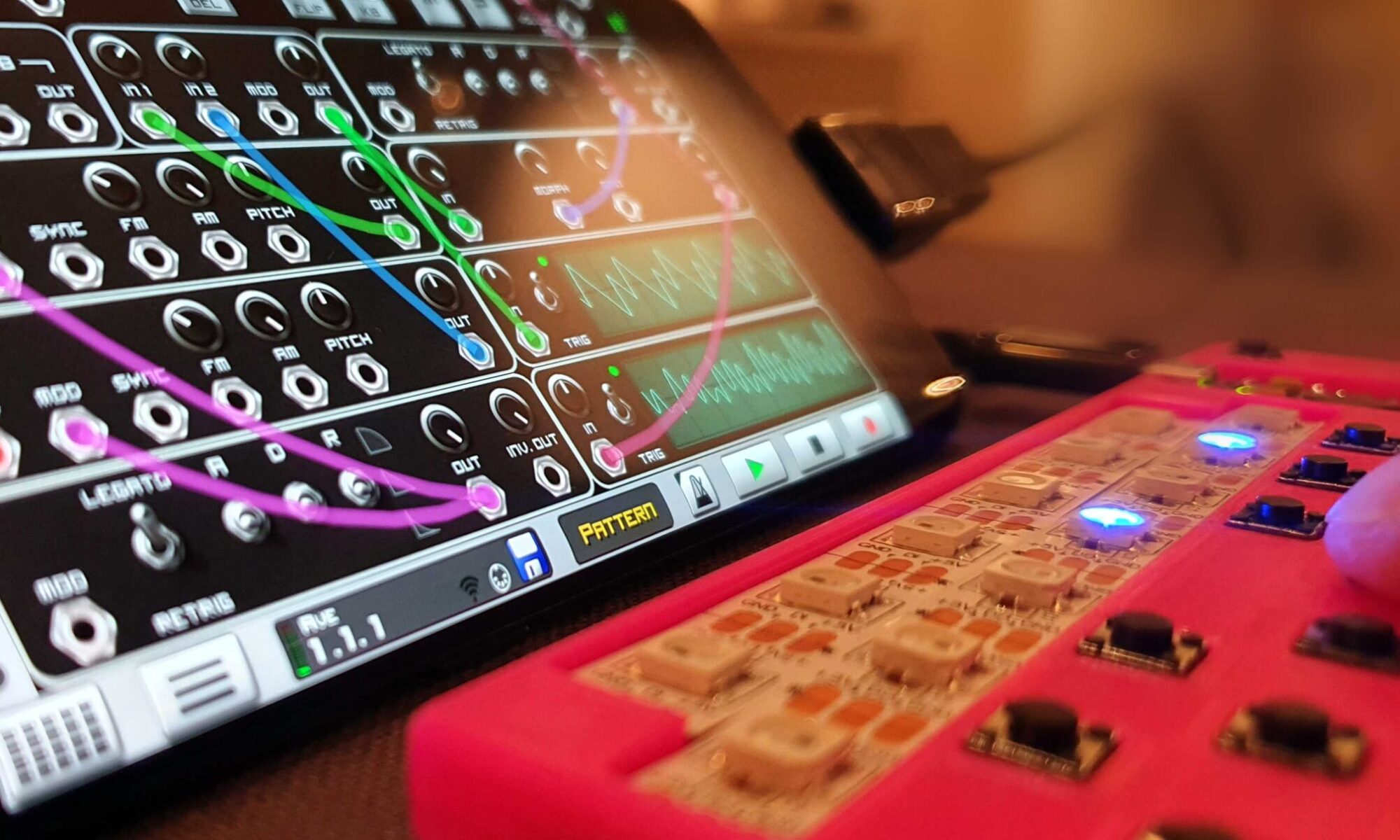Description

This snug Arduino case is printed flat and then folded around the Arduino. The result is a fast print and yet a stable design from a single part.
Features

- Easy to print
- Single piece
- Foldable
- Lots of color options
- Different versions for UNO, Leonardo and Chinese clones like visduino
- Easy to adapt
- Can even be lasered (in plastic or cardboard)
Background
I have quite a few of Arduinos and clones lying around and have missed an adequate casing. With bare PCB there is a risk of short circuit, and a temporary mockup looks more professional if the Arduino is encased. The cases I have tried were all too bulky, expensive or fiddly to assemble. Years ago, I designed a laser cut foldable raspberry pi case from a pizza box, and I got the idea that the same foldable technique could be used with a 3d printer. I quickly realized that by altering the material thickness, I could get both rigid and flexible parts from the same print. Since the sides interlock, the folded result is quite strong and sturdy, even though the material thickness is rather thin. The 3D print comes out with great result since there are no high walls or undercuts that need support, and the low material usage results in a fast print (if you are in a hurry ;)
Development

I designed the different parts in 2d, then separated them, added hinges and locking features. By extruding the sides and hinges, the first version was created in virtually no time. I first printed the flat case with the hinges at the bottom layer. The design folds with the glossy flat bottom surface as inner walls. This works great, but unfortunately prevents attachment details for the Arduino.
By rotating the part 180deg, the glossy surface becomes the outer surface and towers to lock position of the Arduino can be added on the inside of the case. I was a bit worried for the folds – as they are printed in midair without support – but since the distance is small, this works great.

The design of the hooks was iterated a few times to find the balance between a secure fit and the possibility to open and reuse if needed.
I made two different versions:
- One for the official Arduino UNO with the bulky USB type B connector and socket mounted DIL ATMEGA328.
- One for Arduino Leonardo, and various Chinese UNO clones with micro USB connectors.
Assembly
Download the model and FDM print it with PLA, fold the case around your Arduino and snap it together. It’s as easy as that!

I used a BCN3D sigma and Cura slicer with the following settings:
- 0.4mm hotend
- 205deg temperature for the Colorfabb or Ultimaker PLA
- 0.15mm step
- 100% infill
- No support

If you appreciate the work, or have ideas for improvements I would be happy if you shared your experience in the comments below.
Bill of Materials (BOM)
- PLA filament – 22g or 2.8m@dia2.85mm
Documents
Licensing




i am not able to “snap it together” easily, the hooks are too bid for the openings and the 3d printed will snap if i use too much force. how do I snap it together.
Hi
It works great on my printer, but I guess it depends on how it is calibrated. Does the holes on the sides work, but not the snaps on the bottom? Is it the width or the height that is too big? I can make an offset version if I know where it is too tight.
Here is a print I just did with a different 3D printer.